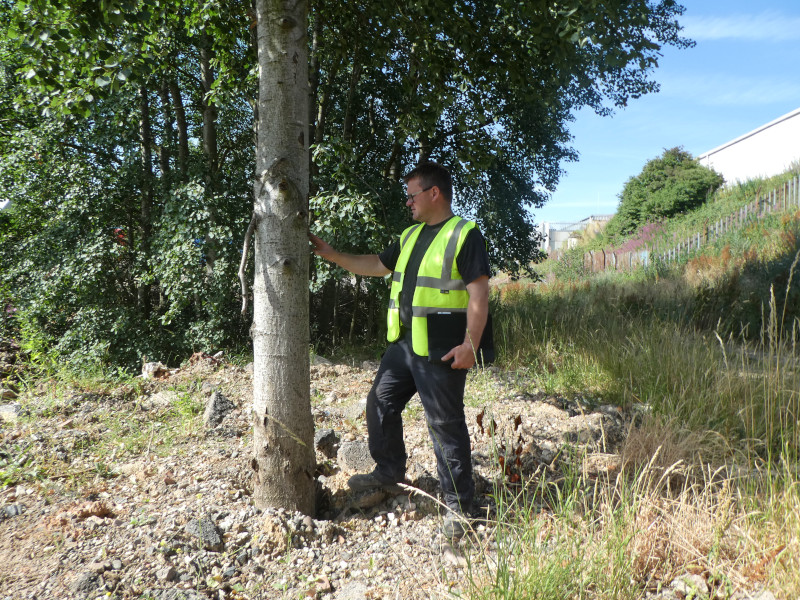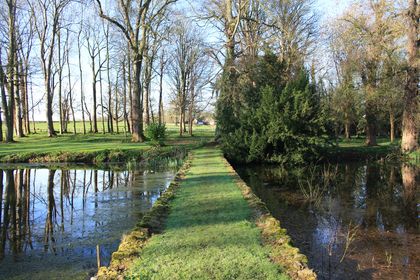Tree Surveys in Cornwall
We complete a number of tree surveys in Cornwall and throughout the UK. Tree Surveys may be needed for a number of reasons such as insurance, planning applications or mortgage purposes. To find out which survey you need contact us today.
What do Tree Surveys in Cornwall Include?

When conducting tree surveys in Cornwall we work to the BS5837:2012 standard. This ensures that our surveys are compliant with industry standard. We are also covered by a £5million Professional Indemnity Insurance, giving you peace of mind. Tree surveys in Cornwall typically include a detailed plan identifying where the tree is located, tree measurements including canopy, trunk and root zone. We will also provide you with a plan that details where to situate a tree protection fence to ensure the protection of the roots.
Tree surveys in Cornwall are often requested by local councils for planning purposes, specifically when an extension or new build is proposed to take place. Their objective to make sure that no damage will occur to the tree canopy or its root zone. As such we can advise on different methods to achieve the desired build whilst protecting the tree(s) and appeasing the Arboricultural Officer with regards planning constraints.
Tree Surveys in Cornwall
What is a Tree Condition Survey?
Tree condition surveys are based on a standard tree survey; however, they are bias toward the health of the tree and identifying any potential issues. This is done with the objective to firstly make sure the tree is safe and secondly to ensure the ongoing health of the tree. These surveys are particularly useful if the tree overhangs a pedestrian walkway or a playground as the Health and Safety executive can, and has, taken a number of people to court when a branch has come off a tree and injured a person.

How much should Tree Surveys in Cornwall cost?
The price varies however we typically charge between £500 and £250. However, this will increase depending on the number of trees, accessibility, and what type of survey you require. For example, many people will need an Arboricultural Impact Assessment (AIA) as well as the initial tree survey and this can add to the price. For a detailed quote please do ring our Head office on 01782 479479.
For tree surveys and tree condition surveys, please do get in touch by phone on 01782 479479 or email: [email protected] and we will be happy to help with any of your questions!



